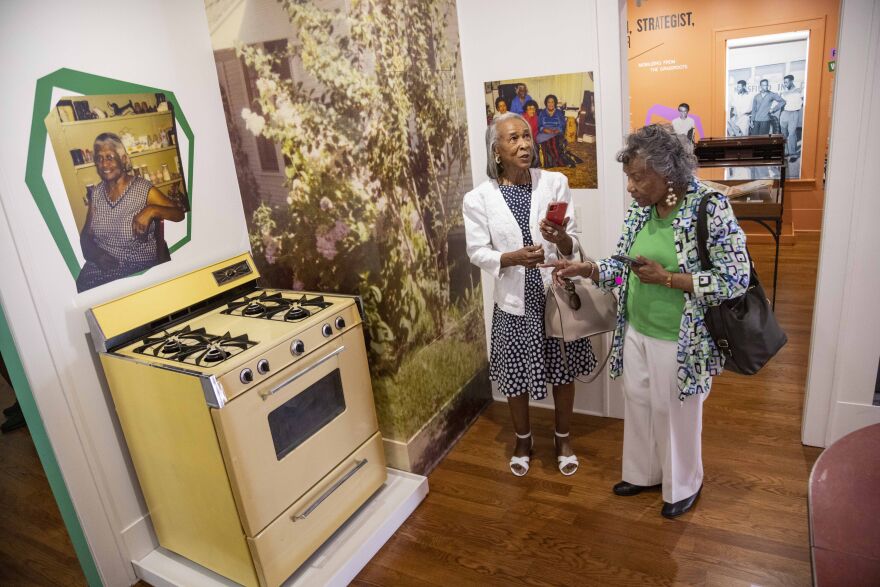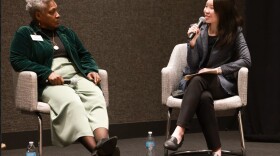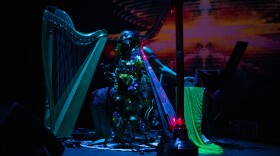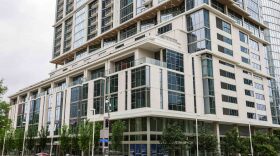Editor's note: This story is part of an ongoing series for Arts Access examining the health and well-being of our North Texas arts economy.
It’s been five years since the Dallas City Council unanimously adopted a $600,000 Cultural Plan. The pandemic presented challenges to the initiative, and Martine Elyse Philippe, the director of the Office of Arts and Culture, said the time has come to revisit what was initially laid out in 2018.
Philippe took the reins of the OAC six months ago, and sees the plan as a working document that should change frequently to meet the needs of the city.
When the plan was first created by then-leader of the OAC Jennifer Scripps, the city staged “feedback and activation” sessions in such underserved communities as South Dallas and Pleasant Grove. The idea being to give those communities a voice in the arts that many contend had been missing for years or was never allowed to flourish. At the time, Scripps defined the goals of the plan as being “equity, diversity, space, support for artists, communications and a sustainable arts ecosystem.”
Now the emphasis appears to be more on how to reassess the plan after years of coping with a global pandemic and the unexpected challenges it brought with it.
“It is very clear that the creative economy took a significant hit and that there was a negative impact on our organizations as it relates to membership and attendance, funding opportunities that dried up, and on and on,” Phillippe said.

But Philippe is proud that despite the challenges, significant progress has been made to follow through on the plan’s vision to support equity and access in the arts. The recently opened Juanita Craft Cultural Center is an example. She said, “that's a function of both plans coming together and developing essentially a very clear goal to honor a certain community member's legacy and contribution to the cultural fabric of our city.”
Step 1 in re-evaluating the plan is a newly formed advisory committee. The committee held its first meeting in early June, and Philippe said next steps will likely once again require public input and engagement to build a path forward for the next five years.
In the fall of 2018, it was hard to find anyone who was feeling pessimistic about an updated version of the Dallas Cultural Plan. For far too long, acknowledged the OAC, the nexus of power in Dallas’ arts community had been old, white, rich and male, which needed to change — fast.
Scripps, then the head of OCA — who has since become president and CEO of Downtown Dallas, Inc. — waxed eloquent in saying how the city was so much different than it used to be and how it needs to adjust to its modern reality.
“We don’t live in a Camelot world anymore,” Scripps said. “Now, it’s all about Hamilton.”
For that reason and more, equity became the driving force behind the radically revised Cultural Plan, adopted in late November 2018 after a 14-0 vote by the Dallas City Council.
With nary a murmur of dissent, the Council blessed the crafting of the plan by the OAC, which spent more than a year holding citywide meetings and formulating a document that carried with it a $600,000 budget.
Half came from the city's general fund and half from private donors, including five foundations, a major bank and one anonymous individual.
At the time, it was all on the up and up.
"I feel [like] the walls of Jericho finally came down," John Paul Batiste, chairman of the newly renamed Arts and Culture Advisory Commission said after the 14-0 vote.
"We've made a tremendous step forward," added Batiste, whose 18-member commission advises the OAC and makes recommendations to the City Council.
Scripps saw the vote as a recognition of "continued investment — people want the arts in their neighborhood. A couple of council members acknowledged that the arts cost money. What we heard loud and clear from the community is that it's a good investment, making Dallas a place that people want to live and work and where businesses will want to come."
All of which sounded great, until March 2020, when the pandemic changed everything.
On a moment’s notice, arts groups all over the country were clinging to survival. And many would have perished had it not been for generous dollops of federal money in the form of the Paycheck Protection Program, or PPP, and the Shuttered Venue Operators Grant, known as SVOG.
By the spring of 2023, the promise of the Cultural Plan had gotten shoved to the side, as the so-called “Big 7” of Dallas arts groups struggled just to keep the doors open.
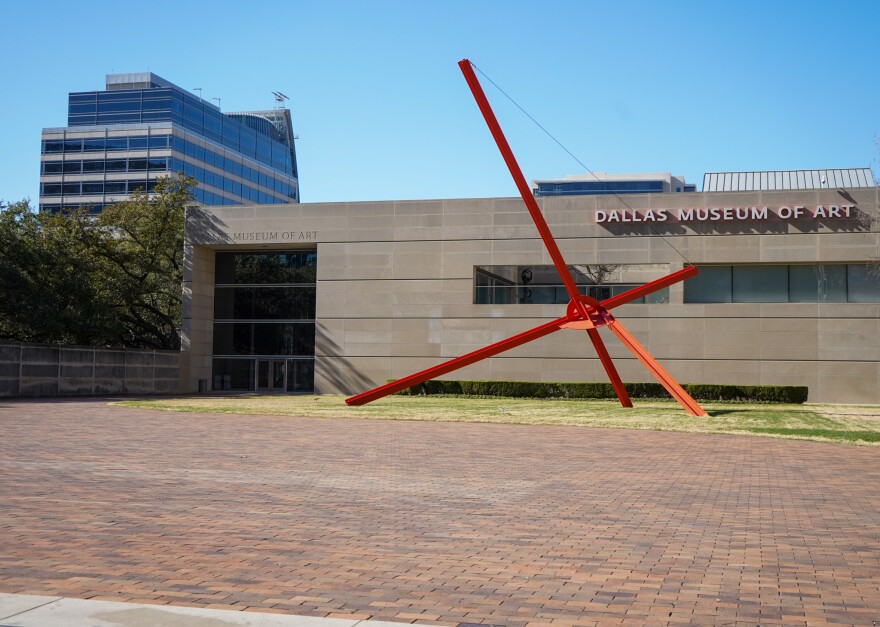
Three years since the lockdown began, paid attendance has morphed into a major factor in arts groups staying alive. All over the country, attendance has plummeted to new lows, ushering in an era of dramatically lowered expectations.
Kevin Moriarty, executive director of Dallas Theater Center, which recently announced deep layoffs to its full-time staff, put it best: “70 is the new 100.”
The new era now, he and others say, is that of the two R’s: reassessment and recovery.
So, where does that leave the Cultural Plan? The response one gets at the moment is, for the most part, a collective shrug. As in, only time will tell.
“We tended to think that once COVID became less prevalent, everything would return to normal — in terms of audience behavior,” Moriarty said. “And it’s now clear that the new audience behaviors are going to last for many years.”
Moriarty calls it a “true, deep change in how people engage in the world.” Which is hardly blissful news for arts groups dependent on a turnstile count for survival.
“People’s behaviors have changed dramatically since March of 2020,” Moriarty said. “People are going out less often, and they are staying home more often. And that impacts all of us who are in live performance.”
Moving forward, Philippe remains optimistic about meeting the needs of Dallas’ creative community.
“Even in my six months here, we've made leaps and bounds and I'm really proud of the way that the team members across divisions of our office collaborate and work together to ensure that we're steadily moving forward and accomplishing these goals and strategies in the plan,” she said.
Arts Access is an arts journalism collaboration powered by The Dallas Morning News and KERA.
This community-funded journalism initiative is funded by the Better Together Fund, Carol & Don Glendenning, City of Dallas OAC, Communities Foundation of Texas, The Dallas Foundation, Eugene McDermott Foundation, James & Gayle Halperin Foundation, Jennifer & Peter Altabef and The Meadows Foundation. The News and KERA retain full editorial control of Arts Access’ journalism.

